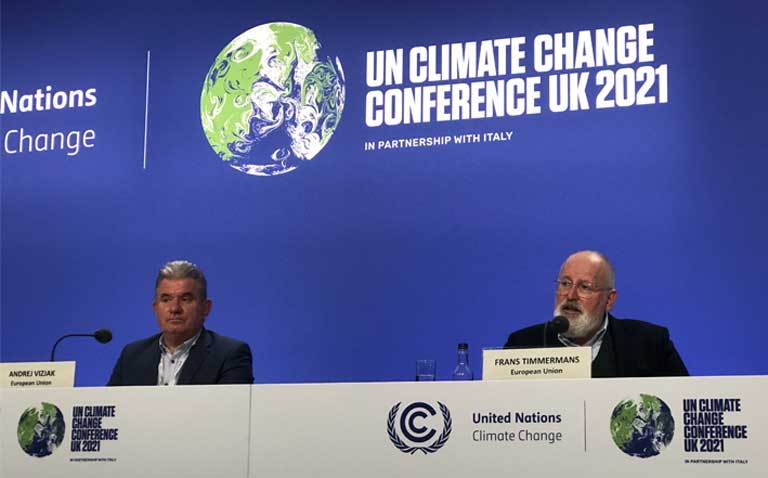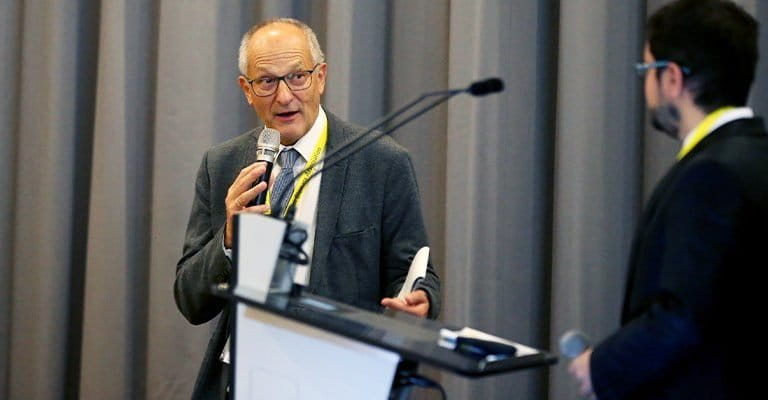
The last time I got to question Frans Timmermans, the executive vice president of the European Commission and easily the most influential politician in the EU, was at COP25 in Madrid, Spain, in December 2019, just weeks before the pandemic took hold. It was the last day of a dismal summit. I asked him about the future of biomass in the EU, and his answer was so surprising that it led to a story that quite literally stunned anti-biomass activists around from the US to Belgium to Australia.
In this story, my third from Glasgow, I got to question Timmermans again. This time, his answer was far more predictable, and to those same anti-biomass advocates, an enormous disappointment. I did get more than one question, though, as I asked Mr. Timmermans if he could talk further after the 30-minute EU press conference, which took place at exactly the same time former US President Barack Obama was addressing a packed plenary hall a few hundred yards away.
Aside from a range of reactions from forest defenders around the globe, I also received a detailed and thoughtful response from Christian Rakos of Vienna, Austria, president of the World Bioenergy Association. Rakos surprised me by offering an open dialogue with those who oppose everything about the industry he represents. I included it in my story and he reiterated his interest during a 90-minute meeting I had with him over Italian beer at the summit venue. Later, post-COP26, at dinner in Amsterdam with the EU’s leading biomass opponent, Fenna Swart, I mentioned to her Rakos’ interest in talking with her — even volunteering to travel to Holland to meet in person.
Swart and Rakos exchanged emails and a meeting between them is planned in Amsterdam.



